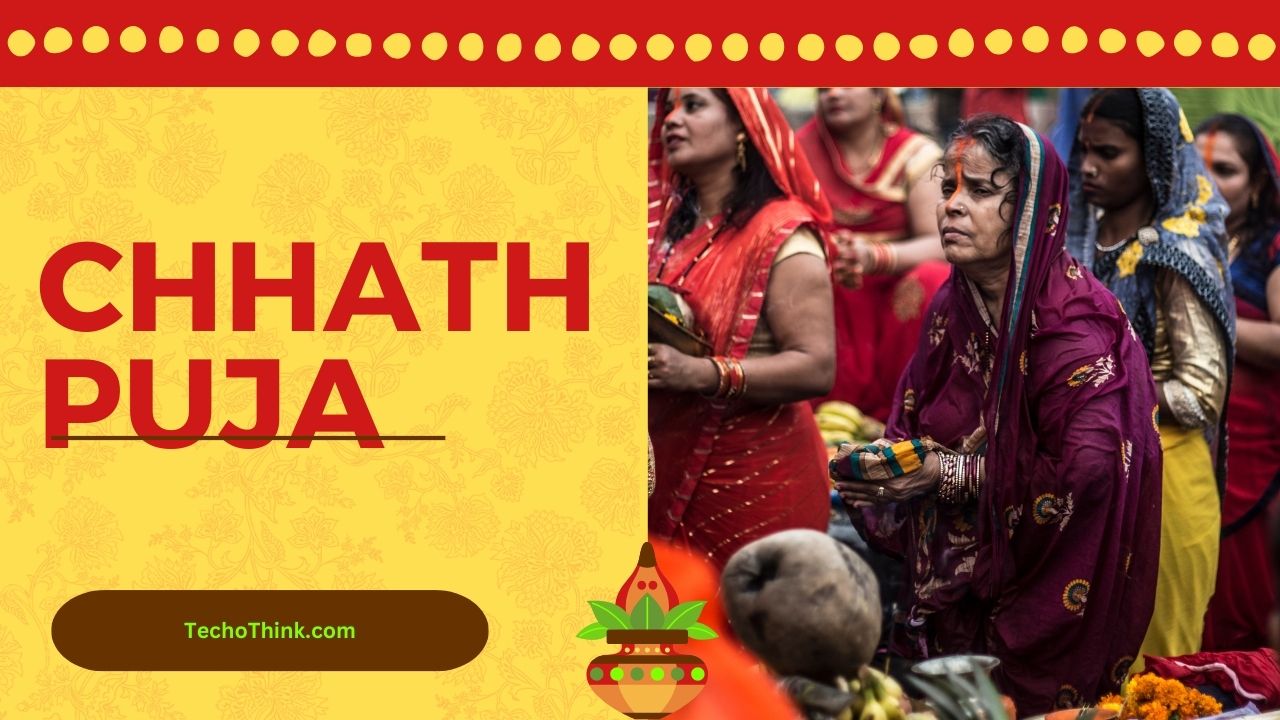Introduction
India, a land of diverse cultures and traditions, is home to a myriad of festivals that reflect the rich tapestry of its heritage. One such unique and spiritually significant celebration. Originating from the Indian state of Bihar, Chhath Puja has gained widespread fame and recognition, transcending regional boundaries. This four-day festival, dedicated to the worship of the Sun God, holds deep cultural and religious importance, fostering a sense of unity and devotion among the people.
Historical Roots of Chhath Puja
Ancient Origins
Chhath Puja finds its roots in ancient Hindu scriptures, with references in the Rigveda, one of the oldest religious texts in the world. The festival is believed to have been celebrated since the Vedic period, emphasising the worship of the Sun as a symbol of life and energy.
Significance in Hindu Mythology
According to Hindu mythology, Chhath Puja is linked to the story of Karna, a key figure in the Indian epic Mahabharata. It is said that Karna observed rigorous penance and offered prayers to the Sun God, seeking blessings. Therefore, is considered a way to express gratitude to the Sun for sustaining life on Earth.
Chhath Puja: Rituals and Celebrations
Four Days of Devotion
Chhath Puja spans four days, each marked by unique rituals and customs. The first day, known as Nahay Khay, involves ritualistic bathing and the consumption of a special meal. The second day, Kharna, is dedicated to preparing offerings and fasting. The third day, Sandhya Arghya, witnesses devotees standing in water, offering prayers to the setting sun. The final day, Usha Arghya, involves offering prayers to the rising sun, concluding the puja.
Fasting and Purity
Devotees observe rigorous fasting during Chhath Puja, abstaining from food and water for an extended period. Fasting is considered a way to purify the mind and body, fostering spiritual strength and discipline.
The Offering of Arghya
A central aspect of the offering of ‘Arghya’ to the Sun God. Devotees, clad in traditional attire, stand in water and offer prayers while holding trays filled with offerings like fruits, sugarcane, and thekua (a traditional sweet). This act symbolises gratitude, humility, and the connection between nature and divinity.
Chhath Puja: Geographic Spread of Chhath Puja
Beyond Bihar – Nationwide Celebration
While originated in Bihar, its popularity has transcended state borders. Today, the festival is celebrated with great fervour in various parts of India, including Uttar Pradesh, Jharkhand, and parts of West Bengal. The diaspora has also played a role in spreading the festival to different corners of the world.
Urban Celebrations
In recent years, It has found resonance in urban areas, breaking the perception that it is only a rural celebration. Urbanites, far from their ancestral homes, come together to celebrate the festival, creating a sense of community and preserving their cultural roots.
Cultural Impact Of Chhath Puja
Cultural Unity
It serves as a unifying force, bringing people from diverse backgrounds together in celebration. The shared rituals and devotion create a sense of cultural unity and reinforce the idea of a collective spiritual identity.
Folklore and Music
The festival is not just about rituals; it is also a celebration of folklore and music. Traditional Chhath songs, known as Chhath geet, are sung during the puja, adding a musical and festive dimension to the celebrations.
Conclusion
It stands as a testament to the deep-rooted cultural and spiritual fabric of India. From its ancient origins to its contemporary celebrations, the festival has evolved, encompassing people from various regions and backgrounds. The rituals and customs associated with not only express devotion to the Sun God but also foster a sense of community and cultural identity. As the festival continues to transcend geographical boundaries, it remains a poignant reminder of India’s rich and diverse heritage.
Frequently Asked Questions – (FAQs)
Ques1: What is the significance of Chhath Puja?
Ans1: Chhath Puja is a Hindu festival dedicated to the worship of the Sun God. It is celebrated to express gratitude for the sustenance of life on Earth and has deep roots in ancient Hindu scriptures.
Ques2: How is Chhath Puja celebrated?
Ans2: Chhath Puja spans four days, involving rituals like bathing, fasting, and the offering of ‘Arghya’ to the Sun God. Devotees stand in water while making offerings, symbolising a connection between nature and divinity.
Ques3: Is Chhath Puja only celebrated in Bihar?
Ans3: While Chhath Puja originated in Bihar, it is celebrated in various parts of India, including Uttar Pradesh, Jharkhand, and West Bengal. The festival has also gained popularity in urban areas and among the diaspora.
Ques4: What is the cultural impact of Chhath Puja?
Ans4: Chhath Puja serves as a unifying force, fostering cultural unity and preserving a collective spiritual identity. The celebration of folklore and traditional songs adds a cultural dimension to the festival.
Ques5: How has Chhath Puja evolved over the years?
Ans5: Chhath Puja has evolved from its ancient roots to become a pan-Indian festival. Urban celebrations and the participation of people from diverse backgrounds have contributed to its contemporary significance.

